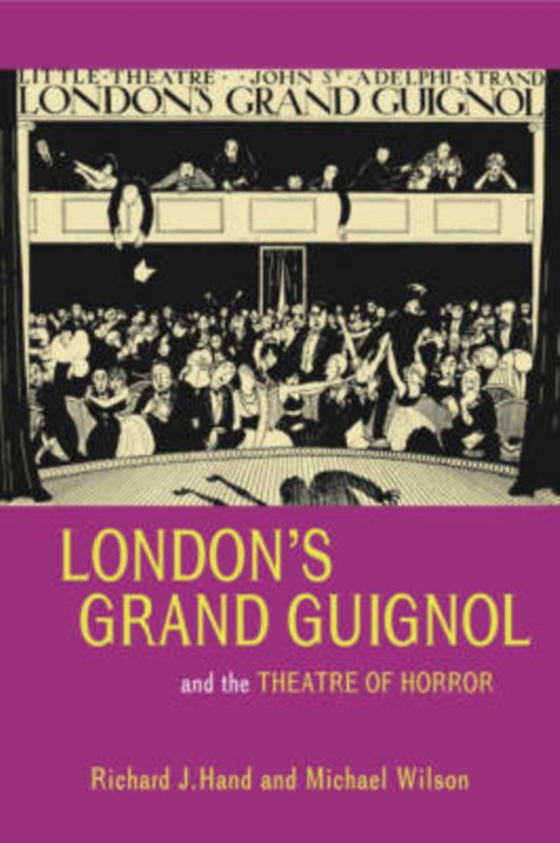
Londons Grand Guignol and the Theatre of Horror e-bog
202,21 DKK
(inkl. moms 252,76 DKK)
A companion to UEP's Grand-Guignol: The French Theatre of Horror (now in its third reprint). A genre that has left more of a mark on British and American culture than we may imagine' (Gothic Studies).London's Grand Guignol was established in the early 1920s at the Little Theatre in the West End. It was a high-profile venture that enjoyed popular success as much as critical controversy. On its s...
E-bog
202,21 DKK
Forlag
University of Exeter Press
Udgivet
17 juli 2019
Længde
304 sider
Genrer
1DDU-GB-ESL
Sprog
English
Format
epub
Beskyttelse
LCP
ISBN
9781905816361
A companion to UEP's Grand-Guignol: The French Theatre of Horror (now in its third reprint). A genre that has left more of a mark on British and American culture than we may imagine' (Gothic Studies).London's Grand Guignol was established in the early 1920s at the Little Theatre in the West End. It was a high-profile venture that enjoyed popular success as much as critical controversy. On its side were some of the finest actors on the English stage, in the shape of Sybil Thorndike and Lewis Casson, and a team of extremely able writers, including Nol Coward.London's Grand Guignol and the Theatre of Horror considers the importance and influence of the English Grand Guignol within its social, cultural and historical contexts. It also presents a selection of ten remakarble English-language Grand Guignol plays, some of which were banned by the Lord Chamberlain, the censor of the day, and have never been published or publicly performed. Among the plays in the book is a previously unpublished work by Nol Coward, The Better Half, first performed at the Little Theatre in 1922.The reviewer in the journal Gothic Studies wrote, of the authors' previous book: ';having recently taught a module on Grand Guignol with third year drama students, it is also worth noting that this book captured their imaginations in a way that few other set texts seem to manage.'
 Dansk
Dansk

